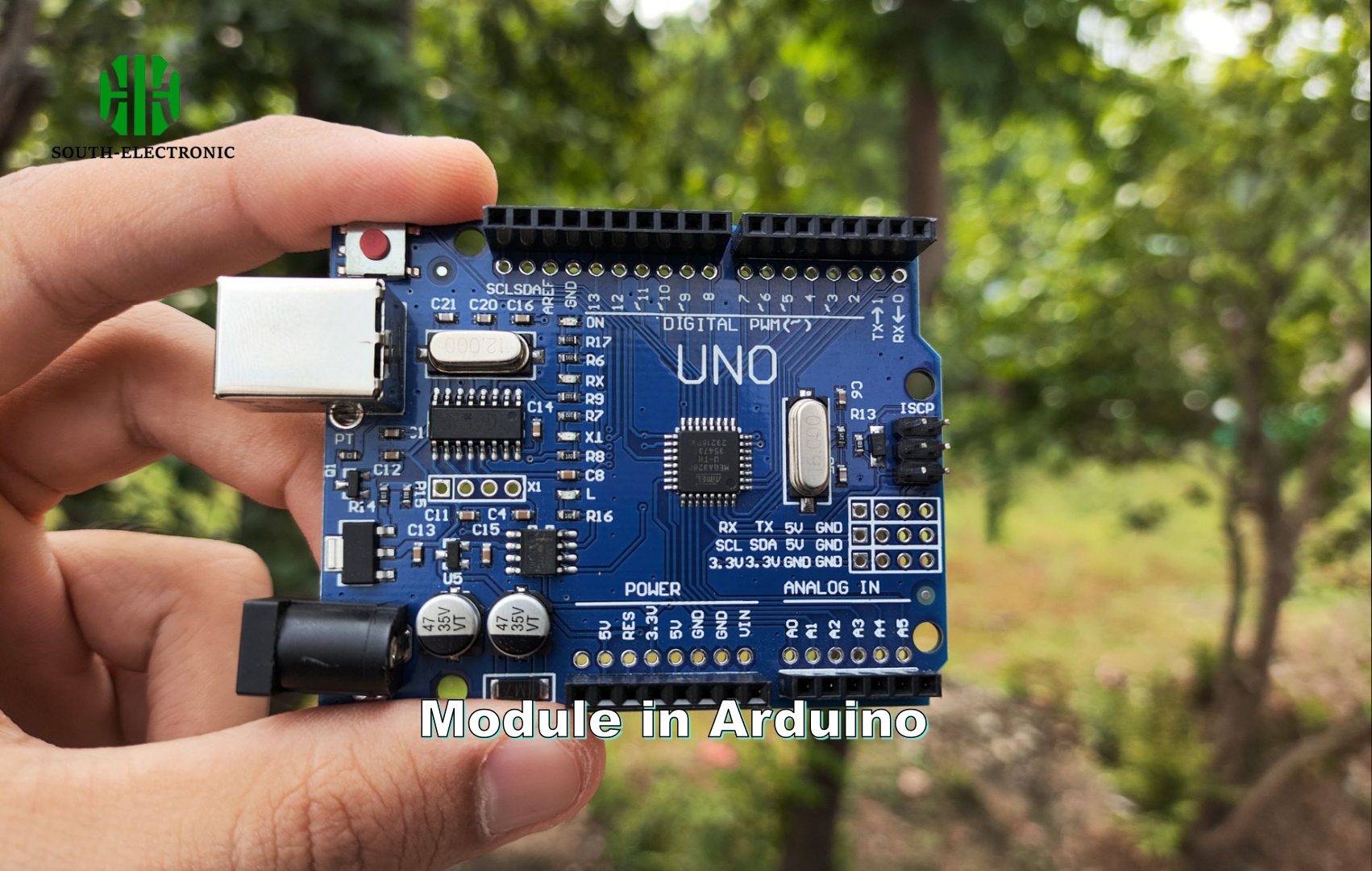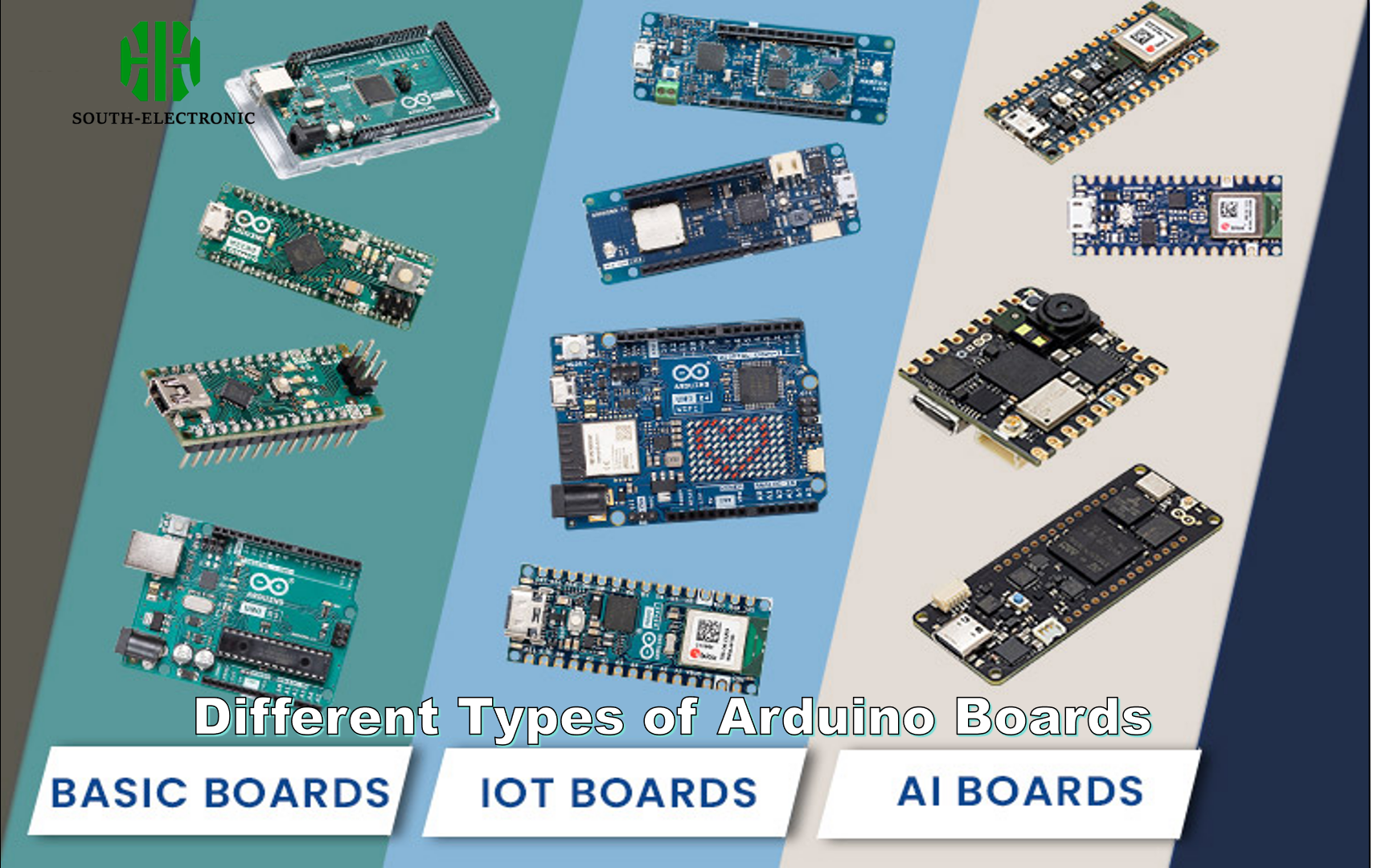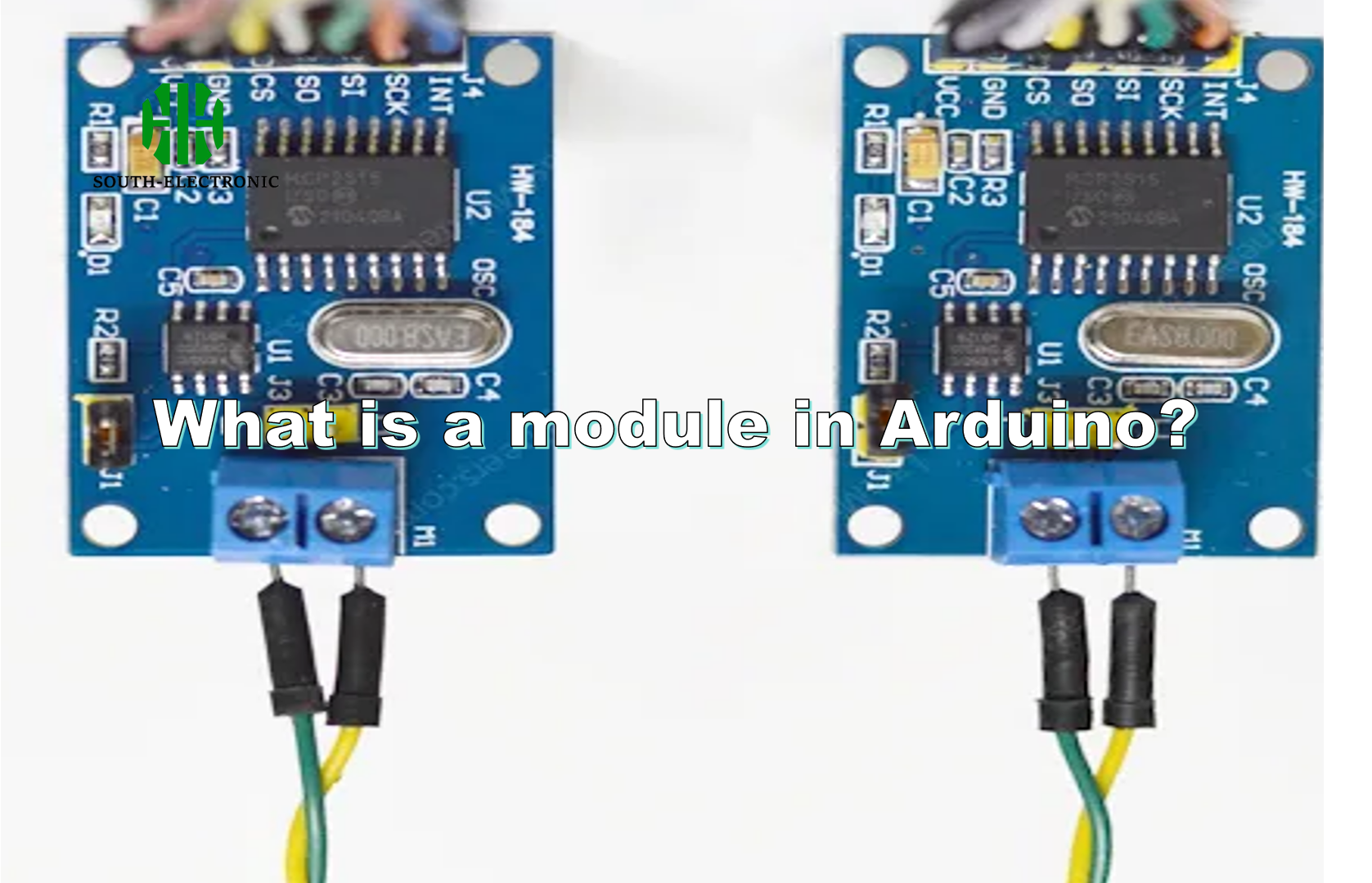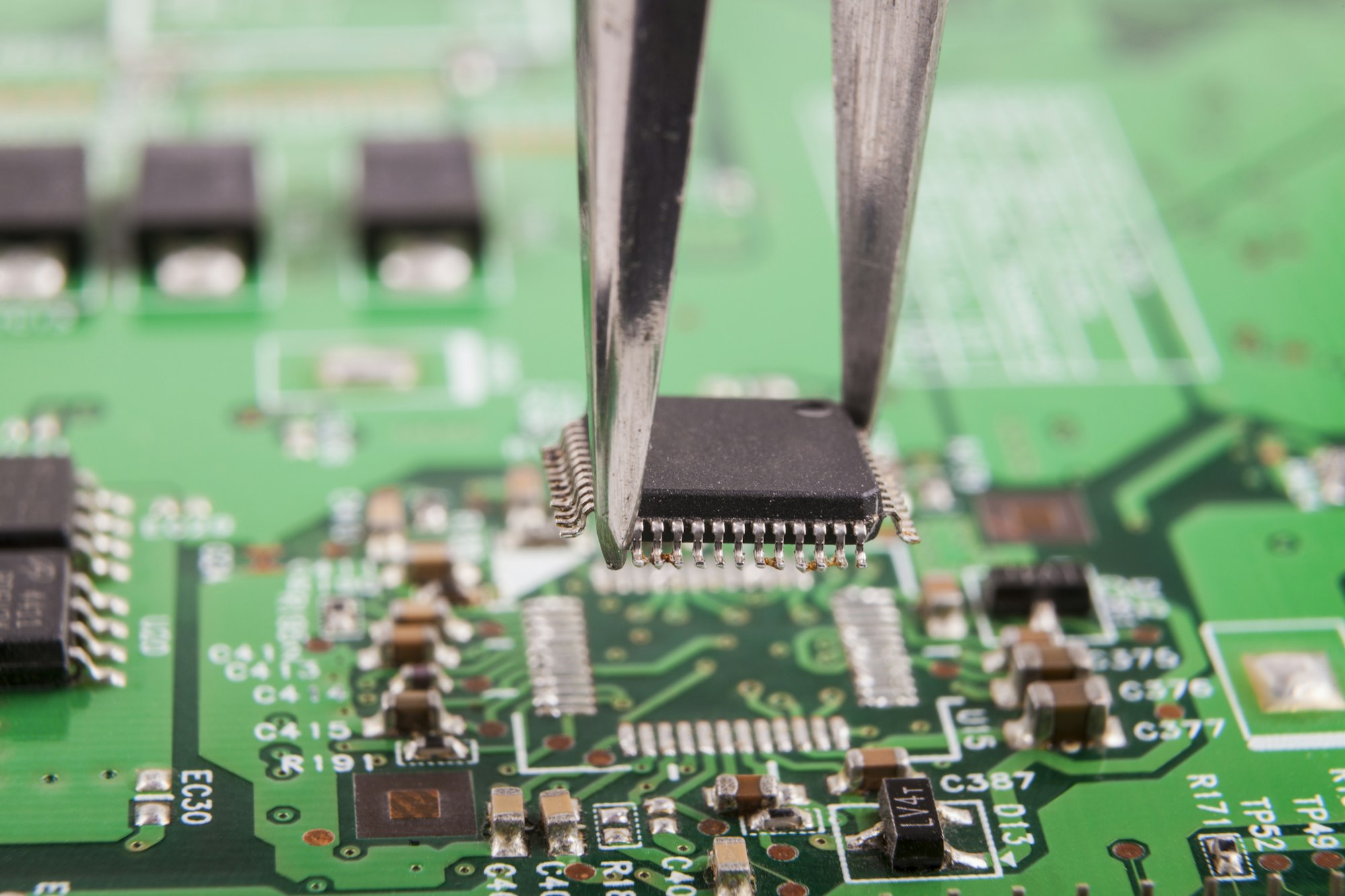Arduino modules are pre-engineered functional components with standardized interfaces, transforming complex circuits into plug-and-play building blocks. From environmental monitoring to robotic control, these magic boxes eliminate custom circuit design headaches.

While mastering core modules multiplies engineering efficiency, wrong choices can trigger catastrophic failures. Beyond must-know modules, discover field-proven solutions to 5 deadliest pitfalls and sensor expansion wizardry.
Top 10 Arduino Modules Electronic Engineer Must Master
Still stuck with basic temperature sensors? These game-changers unlock professional-grade IoT applications.
Essential modules include: NRF24L01[^1] (machine health monitoring), SIM800L[^2] (workshop gas cloud alerts), LoRa[^3] (agricultural automation), RFID (smart warehousing), motor drivers (assembly line robotics), TFT displays (HMI interfaces), GPS (AGV navigation), OV7670 cameras (visual QC), voice recognition (voice-controlled systems), and optocouplers (HV safety solutions).

Industrial Module Specification Matrix
| Module | Range | Noise Immunity | Typical Industrial Use | Pain Point Solution |
|---|---|---|---|---|
| NRF24L01+PA | 1.2km | Moderate | Wireless PLC status monitoring | Guaranteed packet delivery |
| RS485 Isolation | 1.2km | Military-grade | CNC machine communication | ESD/EMI protection |
| LoRa SX1278 | 15km | Excellent | Remote pipeline monitoring | Through-building penetration |
| HX711 Load Cell | - | Anti-vibration | Packaging line quality control | Mechanical noise filtering |
| IR Thermal Array | 8×8 grid | Ambient reject | Electrical panel hotspot detection | Non-contact safety measurement |
Case example: Cascading MCP3208 ADCs enabled a steel plant to monitor 64 furnace zones simultaneously, while galvanic isolation prevented ground loops[^4] in high-current environments.
Why Your Arduino Module Failed?
When the assembly line suddenly halts, the culprit might be lurking in your prototype – these ghost issues delay 47% of industrial IoT deployments[^5].
Top 5 industrial failures: reversed power frying chips (33% failures), EMI-induced data chaos (common near motors), baud rate mismatch (network crashes), interrupt mishandling (robotic hazards), and ground loops (sensor apocalypse).

Industrial Troubleshooting Cheat Sheet
| Symptom | Diagnostic Clue | Battlefield Fix | Prevention Strategy |
|---|---|---|---|
| RS485 random disconnects | A/B line voltage instability | Add termination resistors | Isolated MAX13487E transceiver |
| Wireless packet loss near VFDs | 2.4GHz spectrum noise | Switch to 868MHz LoRa | Shielded enclosure + SMA antenna |
| Load cell drift | Power ripple >300mV | Independent LDO power supply | Kalman filter algorithm |
| Stepper motor stalling | Current under 70% rated | TMC2209 silent driver upgrade | Closed-loop feedback control |
| Digital I/O glitches | Ground potential difference | Optocoupler isolation | Star grounding topology |
Automotive plant solution: Implementing ADUM4160-isolated CAN modules eliminated welding robot control lag caused by arc interference, achieving 30,000hr MTBF.
How to Connect 32 Sensors to Arduino Uno?
When your production line needs 64 temperature points monitored, Uno's 6 analog ports become engineering bottlenecks – time for industrial-grade hacks.
Proven solutions: CD74HC4067 multiplexer cascading (256 channels), Modbus RTU[^6] networking (RS485 architecture), LoRa mesh networks (65535 nodes), STM32 coprocessors (dedicated acquisition), and industrial HMIs with built-in PLC logic.

Industrial Sensor Scaling Showdown
| Method | Max Nodes | Latency | Ruggedness | Best For |
|---|---|---|---|---|
| Analog MUX | 256 | 200ms | IP54 | Batch process monitoring |
| I2C daisy-chain | 112 | 10ms | ESD protected | Robotics sensor clusters |
| Modbus RTU | 247 | 50ms | EMI shielded | Factory SCADA integration |
| LoRaWAN | 65k+ | 2-15s | Outdoor-rated | Plant-wide wireless networks |
| PROFINET IO | 512 | 1ms | IEC 61850 compliant | High-speed motion control |
Chemical plant case: Using ADS1220 24-bit ADCs with digital filters achieved ±0.02pH precision, while intrinsic safety barriers prevented explosive atmosphere risks.
Conclusion
From smart factories to precision agriculture, Arduino modules power modern industry. Master these industrial secrets, and watch your prototypes transform into mission-critical systems. When the thousandth sensor blinks green, you'll realize – the magic was in the modules all along.
[^1]: Explore how NRF24L01 enhances machine health monitoring and improves efficiency in industrial settings.
[^2]: Learn about the SIM800L's role in ensuring safety through effective gas monitoring in industrial environments.
[^3]: Discover how LoRa technology revolutionizes agricultural practices with its long-range communication capabilities.
[^4]: Learn effective methods to prevent ground loops, ensuring reliable sensor performance in high-current environments.
[^5]: Explore this link to understand the challenges and solutions in industrial IoT, enhancing your deployment strategies.
[^6]: Discover the significance of Modbus RTU in industrial automation, enhancing your understanding of network architectures.



